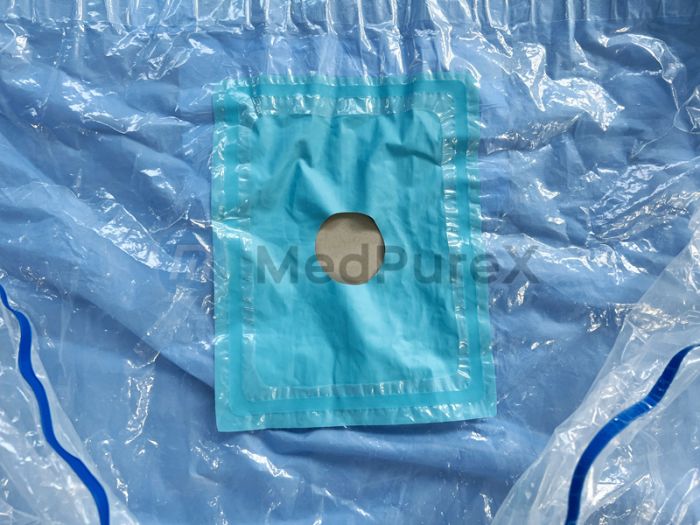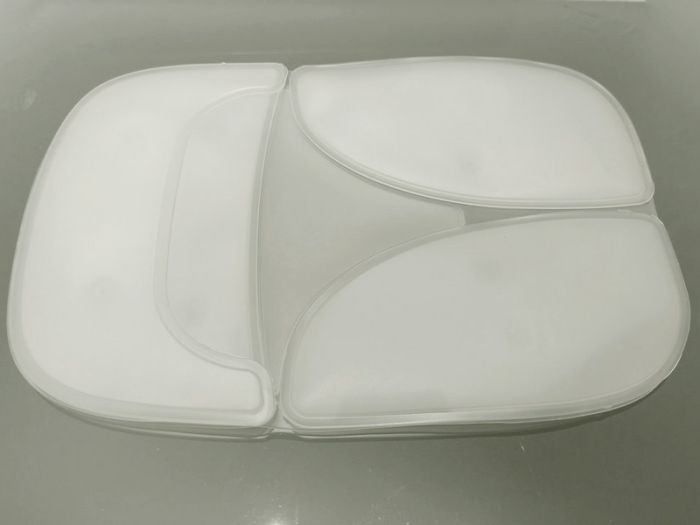What are the difficulties in the heat sealing process for producing inflatable heating blankets
The heat sealing process for producing inflatable heating blankets has the following difficulties, which have significant impacts on the quality, performance and safety of the final product:
.jpg)
Challenges and Solutions in Heat Sealing Process for Inflatable Warming Blankets
1. Challenges from Material Properties
Material Diversity Compatibility
Inflatable warming blankets often involve composite materials (e.g., polyester + TPU coating, polyurethane film + fabric base). Significant differences in melting points and thermal expansion coefficients between materials require customized heat sealing parameters.
Example: TPU coatings melt at lower temperatures (~160–180°C), while polyester fibers require higher temperatures (~200°C). Precise temperature balancing is critical to avoid localized burning or insufficient adhesion.
Material Thickness and Uniformity
Uneven material thickness can lead to inconsistent heat distribution, causing localized overheating or incomplete fusion.
Impact: A thickness variation exceeding ±10% may reduce heat seal strength by over 30%.
2. Process Parameter Control Challenges
Temperature-Time-Pressure Coordination
Heat sealing temperature, time, and pressure must be precisely optimized. Minor deviations may result in defects:
- High temperature: Material melting, deformation, or pinholes.
- Low temperature: Weak adhesion, leading to air leakage after inflation.
- Uneven pressure: Inconsistent seal widths, compromising airtightness.
Case: A batch of blankets failed airtightness tests (20% failure rate) due to inconsistent pressure, reducing seal widths from 3mm to 1.5mm.
Heat Seal Zone Design
Seal lines at inflatable chambers and pipe connections must balance strength and flexibility to prevent stress-induced cracking.
Design Requirements:
- Seal width ≥2mm, preferably wavy or zigzag patterns to disperse stress.
- Rounded corners to minimize tearing risks.
3. Quality Inspection and Control
Real-Time Monitoring Limitations
Existing technologies (e.g., infrared thermometers, pressure sensors) lack precision for real-time monitoring of temperature, pressure, and seal integrity.
Status: Factories relying on manual sampling face 5–10% missed defect rates.
Latent Defects
Minor leaks or weak adhesion are undetectable initially. Pressure hold tests (e.g., 0.1MPa for 24 hours) are required to reveal flaws.
Risk: Undetected defects may cause blanket failure during surgery, endangering patient safety.
4. Balancing Efficiency and Cost
Production Speed Constraints
Heat sealing speed is limited to 1–3m/min to ensure quality. Faster speeds risk incomplete fusion.
Impact: Daily output per production line is limited to 500–800 blankets, insufficient for large-scale demand.
Rejection Rate and Costs
Heat sealing defects result in 5–15% rejection rates, increasing material and labor costs.
Solution: AI-based visual inspection systems can reduce rejection rates to <2%, though initial investments are high.
5. Safety and Regulatory Compliance
Biocompatibility Standards
Adhesives or hot-melt adhesives must comply with ISO 10993 to prevent toxic substance release during heating.
Challenge: Some adhesives decompose at high temperatures, releasing harmful gases.
Sterilization Compatibility
Blanks must withstand ethylene oxide or gamma radiation sterilization without performance degradation.
Issue: Gamma radiation may reduce heat seal strength by 10–20% due to material aging.
6. Solutions and Recommendations
Process Optimization
- Adopt zoned heat sealing with material-specific parameters.
- Implement pulse heat sealing technology to minimize thermal damage via short, high-energy pulses.
Equipment Upgrades
- Deploy high-precision heat sealers with real-time temperature/pressure feedback.
- Integrate AI vision systems for 100% in-line quality inspection.
Material Innovation
- Develop self-adhesive materials to reduce reliance on external adhesives.
- Use co-extrusion for single-step multilayer material bonding.
Standardization
- Create a heat sealing parameter database optimized via DOE (Design of Experiments).
- Establish strict quality standards (e.g., ASTM F2096 for airtightness testing).



